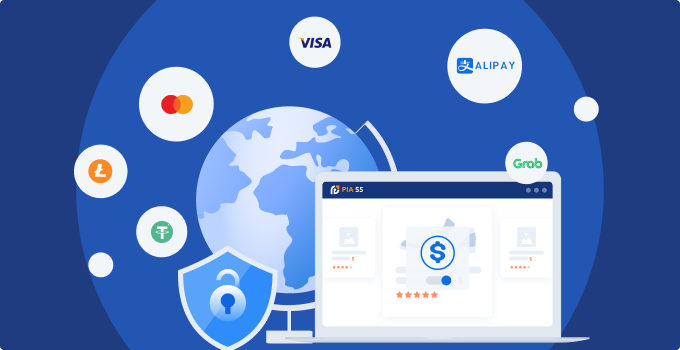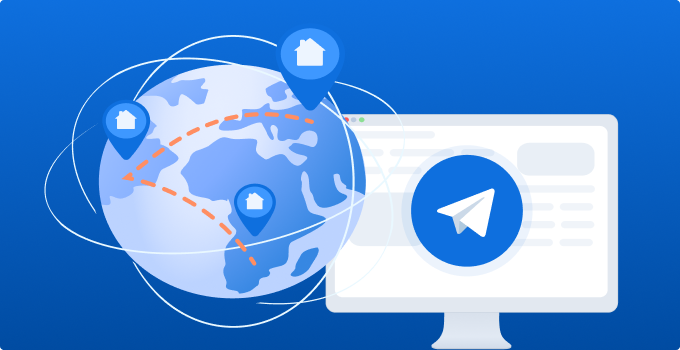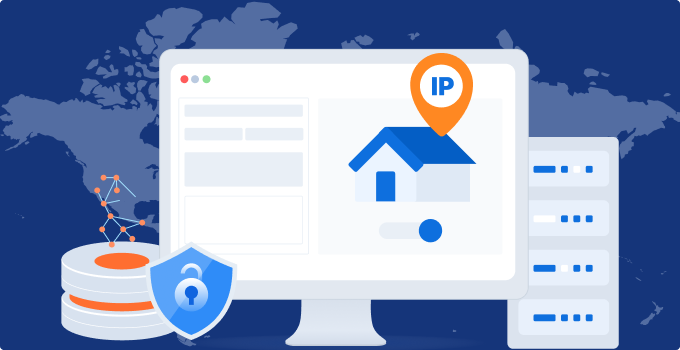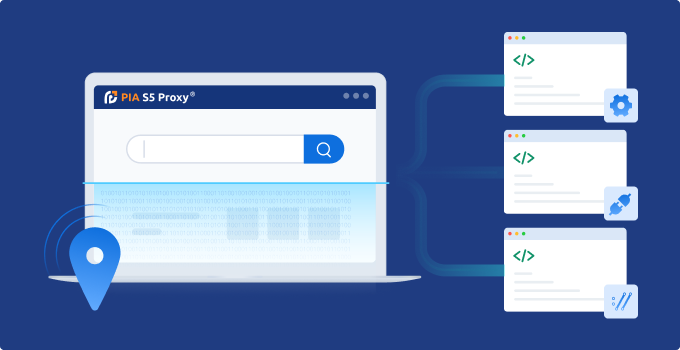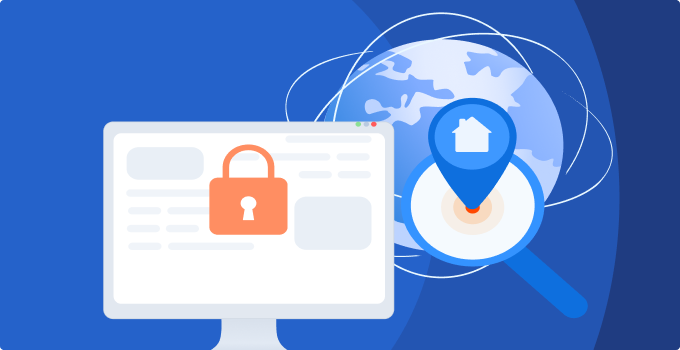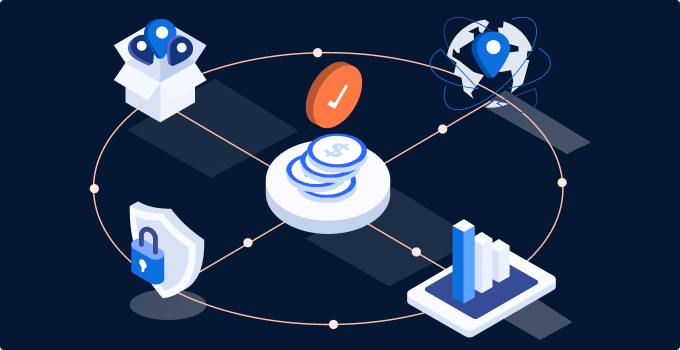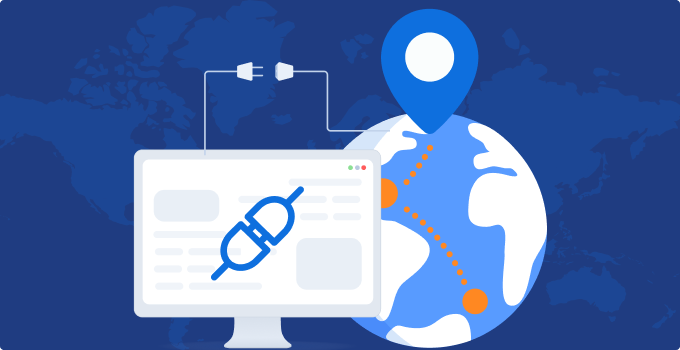For developers, data analysts, and even casual tech users, few things are as abruptly disruptive as a parsing error. One moment, your application is running smoothly; the next, it grinds to a halt with a cryptic message like SyntaxError: Unexpected token, XML parsing error: no element found, or the infamous Android message, "There was a problem parsing the package." This error is a universal sign that a program has failed to understand the data or instructions it was given. This in-depth guide will demystify the parsing error. We will explore what parsing is, break down the most common causes for this frustrating issue, and provide a clear, actionable checklist on how to solve it. Understanding a parse error is the first step to conquering it, whether the solution is a simple syntax fix or requires a more sophisticated approach to data retrieval. We'll also examine how ensuring data integrity from the source, using advanced tools like Pia S5 Proxy, can prevent these errors from ever occurring in the first place, especially in complex data-gathering projects. What is a Parser? The Brains Behind the Operation Before we can fix a parsing error, we need to understand what a "parser" does. Think of a parser as a program's grammar checker and translator. Its job is to take a sequence of raw data—like the text in a file, a string of code, or a network response—and convert it into a structured format that the application can understand and work with.Every time you interact with digital information, a parser is likely working behind the scenes: Web Browsers: Your browser uses an HTML parser to read the source code of a webpage and render it as a visual, interactive page. Programming Languages: When you run a Python or JavaScript script, an interpreter first parses the code to check its syntax and build a logical structure (like an Abstract Syntax Tree) before executing it. Data Files: When you load a configuration file written in JSON or XML, a specific parser for that format reads the file to ensure it follows all the rules before making the data available to the application. The process generally involves two key stages: Lexical Analysis: The parser scans the raw text and breaks it down into a series of small, meaningful chunks called "tokens." For example, in the code var x = 10;, the tokens would be var, x, =, 10, and ;. Syntactic Analysis: The parser takes these tokens and checks if they are arranged according to the language's grammatical rules (its syntax). It tries to assemble them into a logical structure. A parsing error occurs during this second stage, when the parser encounters a sequence of tokens that violates the established rules. It's the computer's way of saying, "I don't understand what this means." The Most Common Causes of a Parsing Error A parse error can stem from a wide range of issues, from simple typos to complex data corruption. Here are the most frequent culprits. 1. Simple Syntax Errors This is, by far, the most common cause of a parsing error, especially for developers. Syntax is the set of rules that dictates how a programming language or data format must be written. A single misplaced character can break these rules. Missing or Mismatched Brackets/Parentheses: Forgetting to close a curly brace }, bracket ], or parenthesis ). Missing Commas: In formats like JSON, forgetting a comma between key-value pairs. Incorrect Quotes: Using a single quote ' where a double quote " is required (or vice versa), or forgetting to close a quote. Example (Malformed JSON): downloadcontent_copyexpand_less // Incorrect: Missing comma after "value1" and extra comma after "value2"{ "key1": "value1" "key2": "value2",} 2. Corrupted or Incomplete File Downloads If you are trying to parse a file that was downloaded from the internet, the file itself might be the problem. A poor network connection can lead to an incomplete download, meaning the parser reaches the end of the file unexpectedly. Similarly, data can become corrupted during transfer, introducing random characters that make the file unreadable and trigger a parsing error. 3. Incorrect File Format or Character Encoding You can’t use a hammer to turn a screw. Similarly, you can't use a JSON parser to read an XML file. Attempting to parse data with the wrong tool will immediately result in a parse error. Another subtle but common issue is character encoding. If a file was saved with UTF-16 encoding but the parser expects the standard UTF-8, it will misinterpret the characters and fail. 4. "Problem Parsing the Package" on Android This is a specific but extremely common parsing error encountered by Android users when trying to install an application from an APK file. This isn't a code syntax error but an issue with the application package itself. Common causes include: The APK file is corrupted or wasn't fully downloaded. The application is not compatible with your version of the Android OS. Your device's security settings are preventing the installation of apps from unknown sources. 5. Dynamically Generated Data Issues In applications that fetch data from external sources like APIs or web scrapers, the parsing error might not be in your code but in the data you receive. An API might occasionally send a malformed response, or a website might change its structure, causing your web scraper to pull incomplete or incorrectly formatted HTML. This is a particularly tricky type of parse error because it can be intermittent and hard to reproduce. How to Solve a Parsing Error: A Troubleshooting Checklist Now that we know the common causes, let's walk through the steps to solve them. Step 1: Read the Error Message Carefully This sounds obvious, but developers often skim past the most valuable piece of information. A good parsing error message will often tell you exactly where the problem is, including: The line number and column number of the error. The specific token it didn't expect to see. The type of error (e.g., Unexpected end of JSON input).Go to the specified line in your file or code and examine it closely. Step 2: Use a Validator or Linter For standard data formats, the easiest way to find a syntax error is to use an online validator, also known as a "linter." These tools are designed to scan your data and pinpoint any grammatical mistakes. For JSON: Use a tool like JSONLint. For XML: Use the W3C XML Validator. For Code: Most modern code editors like VS Code, Sublime Text, or Atom have built-in or plugin-based linters that highlight syntax errors in real-time as you type. Step 3: Check for File Integrity and Encoding If a validator says your syntax is correct but you still get a parsing error, the file itself might be the issue. Re-download the File: The simplest solution is to delete the local copy and download it again from the source to ensure it's complete and uncorrupted. Check the Encoding: Open the file in an advanced text editor (like Notepad++ or VS Code). In the bottom status bar, it will usually display the current character encoding. Ensure it matches what your parsing tool expects (usually UTF-8). Step 4: For Android "Parse Error" If you're facing the "problem parsing the package" error: Re-download the APK from an official or trusted source. Check App Compatibility: Make sure the app supports your Android version. Allow Installations: Go to your phone's Settings > Security and enable the "Install unknown apps" permission for your browser or file manager (but be cautious about what you install). Step 5: Ensure Your Tools Are Up to Date Occasionally, a parse error can occur if you are trying to process a new feature with an outdated tool. Make sure your programming language interpreter, libraries, and other development tools are updated to their latest stable versions. Preventing Parsing Errors with Clean Data Retrieval Sometimes, you can do everything right on your end, but the parsing error persists. This often happens in data-intensive applications like web scraping, price monitoring, or market research. The problem isn't your parser; it's the data you're being sent. Websites often employ sophisticated systems to detect and manage bot traffic. If they identify a request as coming from a data center (where most scrapers and bots operate), they might: Send back an altered, incomplete HTML structure. Return a CAPTCHA page instead of the real content. Provide a malformed JSON response. When your application receives this unexpected data, your parser will naturally fail, resulting in a parsing error. The solution is to ensure you receive the same clean, well-structured data that a regular user would. This is where a service like Pia S5 Proxy becomes essential. Pia S5 Proxy provides access to a massive global network of real, residential IP addresses. By routing your requests through this network, you can solve and prevent data-related parsing errors: Bypass Data Distortion: Requests made through Pia S5 Proxy appear as if they are from genuine residential users. This ensures the web server sends you the clean, correct HTML or JSON data, which your parser can process without issue. Ensure Data Completeness: The high stability and reliability of the Pia S5 Proxy network prevent connection drops, ensuring that files and data streams are downloaded completely, eliminating errors from truncated data. Access Geo-Specific Data Formats: Many websites provide different data structures for different regions. With Pia S5 Proxy, you can use a geo-targeted IP address to request the exact data format your parser is built to handle, avoiding a structural mismatch and the resulting parse error. By using Pia S5 Proxy, you shift from fixing parsing errors to preventing them, ensuring the data you receive is integral and reliable from the very start. Conclusion A parsing error is fundamentally a communication breakdown between you and your computer. It’s a signal that the provided data or code doesn't conform to the expected rules. By carefully reading the error message, using validation tools, and checking for common syntax mistakes, you can solve the majority of these issues. However, for more advanced applications, it’s crucial to look beyond your own code and consider the integrity of the data you're receiving. Understanding that a parse error can be a symptom of a data retrieval problem is key. By leveraging tools like Pia S5 Proxy to ensure you receive clean, complete, and correctly formatted data, you can build more robust and resilient applications, turning the frustrating experience of a parsing error into a problem of the past.

